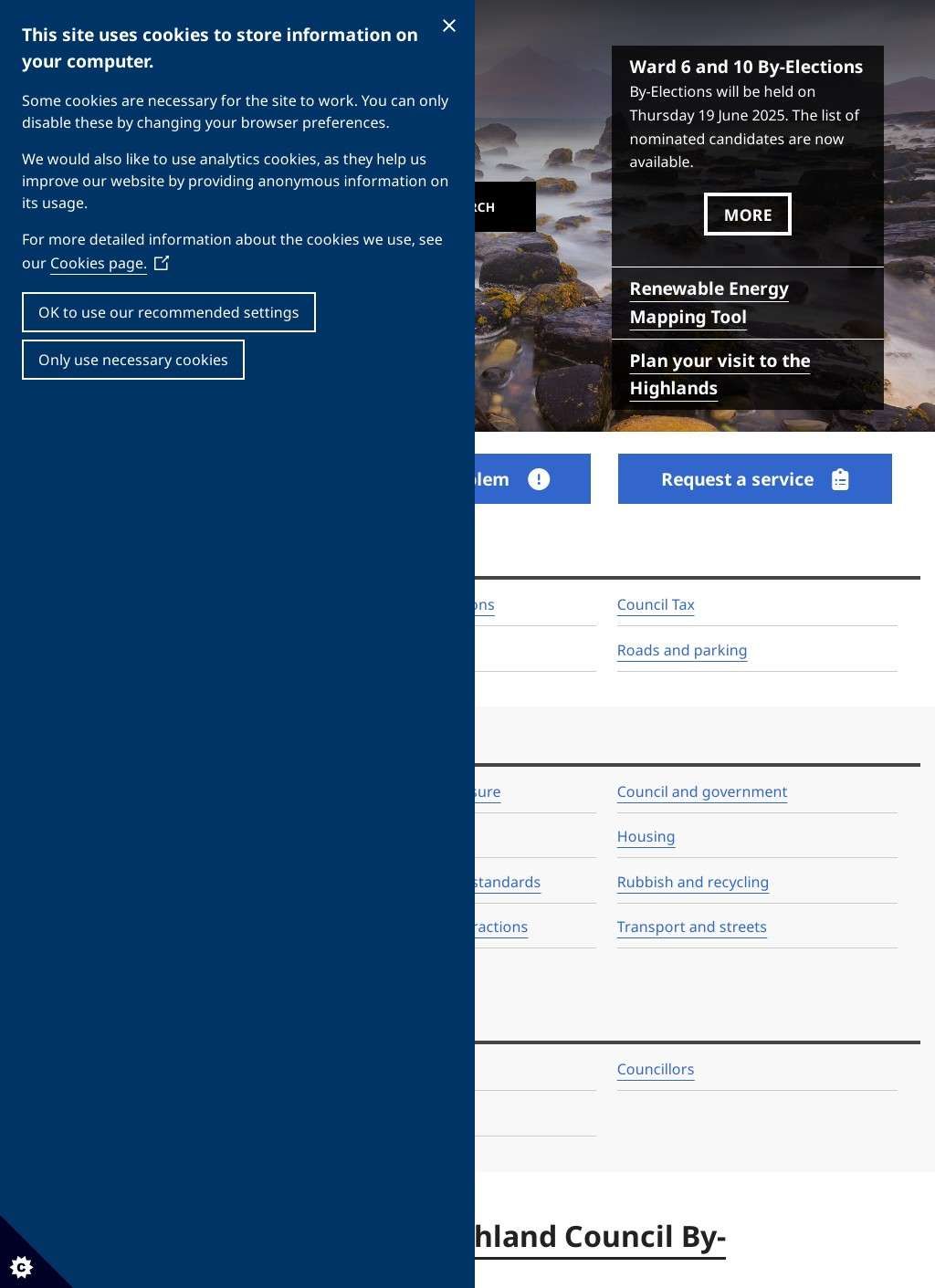The Highland Council serves as the local government authority for Scotland's largest council area, covering an impressive 25,653 square kilometres - roughly one-third of Scotland's landmass and an area larger than Wales. This vast geographical remit includes the historic county of Caithness along with Sutherland, Ross and Cromarty, Inverness-shire, and Nairnshire. Based at their headquarters in Inverness, the council manages public services for approximately 235,000 residents scattered across some of Europe's most sparsely populated terrain, with population density comparable to countries like Bolivia or Chad at just 9 people per square kilometre.
Caithness holds special significance within the Highland Council structure, maintaining its distinct identity through dedicated democratic representation. The Caithness Committee comprises councillors representing the wards that cover the historic county boundaries, ensuring local voices shape decisions affecting their communities. This committee structure reflects the council's recognition that managing such a geographically diverse area requires localised decision-making alongside strategic regional planning. The council maintains area offices throughout Caithness, providing accessible points of contact for residents who might otherwise face lengthy journeys to access services.
Education services form a cornerstone of the council's responsibilities in Caithness, with numerous primary and secondary schools serving communities from bustling towns like Thurso and Wick to remote rural settlements. The council coordinates closely with North Highland College UHI to ensure educational pathways from early years through to higher education remain accessible to Caithness residents. School transport presents particular challenges given the area's geography, with some pupils travelling considerable distances daily. The council's education team works to maintain small rural schools where viable, recognising their importance as community hubs while balancing this against resource constraints and educational outcomes.
Planning and development control represents another crucial function, particularly significant in Caithness given major infrastructure projects like wind farms and the proposed space port. The council must balance economic development opportunities against environmental protection and community concerns. Their planning teams process applications ranging from individual house extensions to major renewable energy installations that could transform the landscape. The proximity to sites of special scientific interest and areas of outstanding natural beauty requires careful consideration, while the need for economic regeneration following Dounreay's decommissioning adds urgency to diversification efforts.
Roads and transport infrastructure consume significant council resources in Caithness, where maintaining the network across challenging terrain and weather conditions proves costly. The A9 and A836 serve as vital arteries connecting Caithness to the rest of Scotland, while numerous minor roads link scattered communities. Winter maintenance programmes must ensure routes remain passable during severe weather, requiring strategic placement of gritting resources and snow ploughs. The council also supports public transport provision, working with operators to maintain bus services that provide lifelines for residents without private transport, particularly elderly people needing to access healthcare or shopping.
Social care services address the needs of Caithness's ageing population, with the council providing or commissioning care homes, home care services, and day centres. The integration of health and social care with NHS Highland creates opportunities for joined-up service delivery, though geographical distances present ongoing challenges. Care workers often travel significant distances between clients in rural areas, while recruiting and retaining skilled staff in remote locations requires innovative approaches. The council's adult social care teams work closely with voluntary organisations and community groups to ensure vulnerable residents receive appropriate support.
Economic development initiatives reflect the council's role in supporting business growth and attracting investment to Caithness. Working with partners like Highlands and Islands Enterprise and the Nuclear Decommissioning Authority, the council helps coordinate regeneration efforts as the area transitions from dependence on Dounreay. Support for tourism development capitalises on Caithness's dramatic landscapes and heritage sites, while backing for renewable energy projects positions the area at the forefront of Scotland's green energy revolution. The council's economic development team provides guidance on funding opportunities and helps businesses navigate regulatory requirements.
Environmental services encompass waste collection and recycling across Caithness's scattered communities, requiring carefully planned routes to serve isolated properties efficiently. The council operates household waste recycling centres and promotes waste reduction initiatives, balancing environmental responsibilities with practical service delivery challenges. Coastal protection works address erosion threats to communities and infrastructure, while flood prevention schemes protect vulnerable areas from increasingly frequent extreme weather events linked to climate change.
Housing services include managing the council's housing stock and addressing homelessness, with particular challenges in Caithness around providing emergency accommodation and supporting people with complex needs. The council works with housing associations and private developers to increase affordable housing supply, recognising that suitable accommodation underpins successful economic regeneration. Their housing teams also enforce standards in private rented accommodation and provide advice on housing options, adaptations for disabled residents, and energy efficiency improvements.
Community planning partnerships bring together public, private, and voluntary sector organisations to coordinate efforts addressing Caithness's challenges. The council facilitates these partnerships, recognising that complex issues like depopulation, youth retention, and economic diversification require collaborative solutions. Regular community consultations ensure residents' voices inform strategic planning, while community councils provide grassroots input on local issues. This partnership approach proves particularly vital in Caithness, where distances between communities might otherwise lead to isolation and fragmentation.
Digital connectivity improvements represent a council priority, working with Scottish and UK governments plus commercial providers to extend broadband coverage across Caithness. Poor connectivity hampers business development and makes remote working difficult, contributing to youth out-migration. The council's digital team coordinates infrastructure improvements while promoting digital skills training to ensure residents can benefit from enhanced connectivity. Their website provides extensive online services, reducing the need for residents to travel to physical offices for routine transactions.
The council's democratic structure ensures Caithness residents have multiple avenues for representation and participation. Regular surgeries allow constituents to raise concerns directly with councillors, while public attendance at committee meetings provides transparency. The council webcasts major meetings, recognising that travelling to observe proceedings might be impractical for many Caithness residents. This commitment to accessibility and accountability reflects understanding that effective local democracy requires active efforts to engage communities across vast geographical areas.
